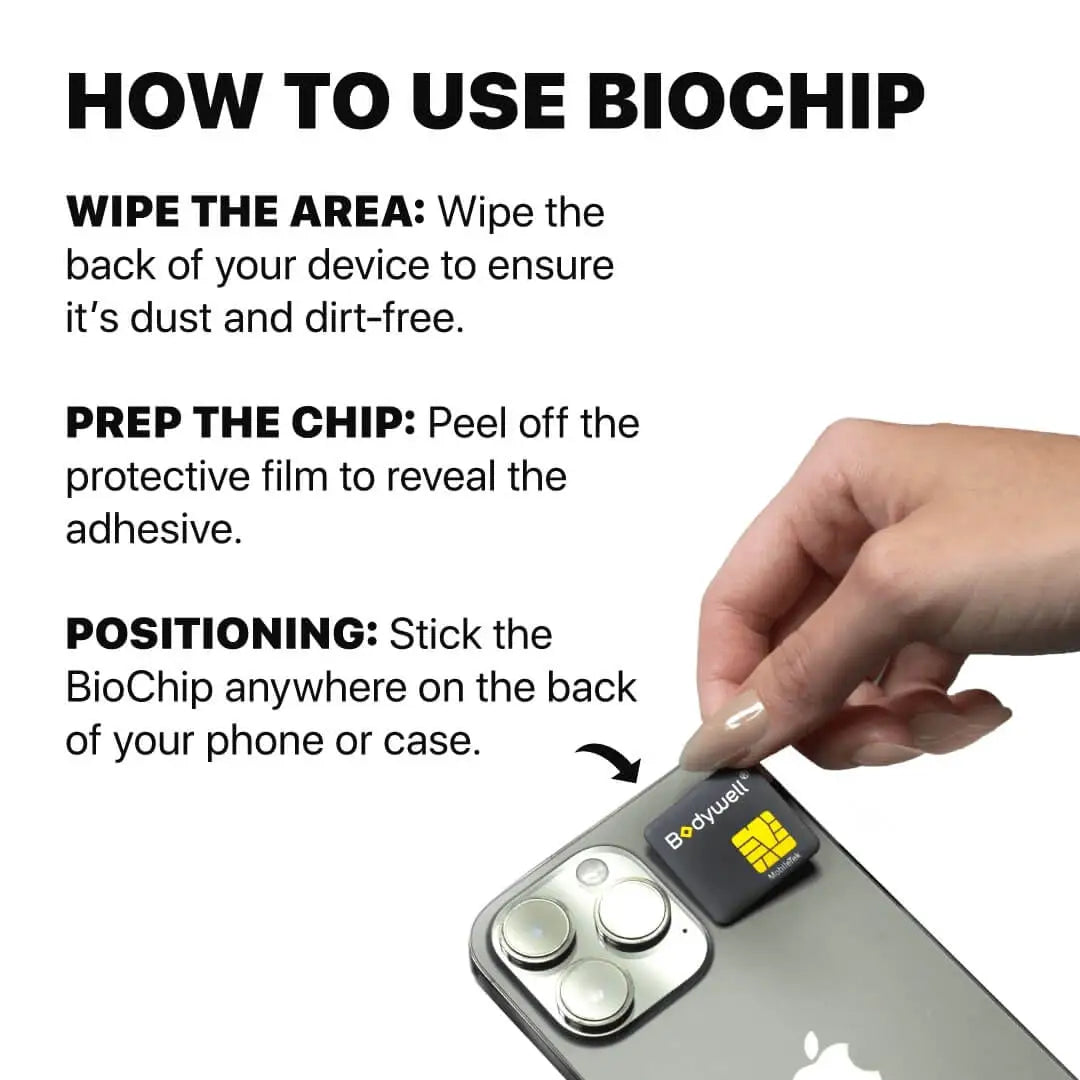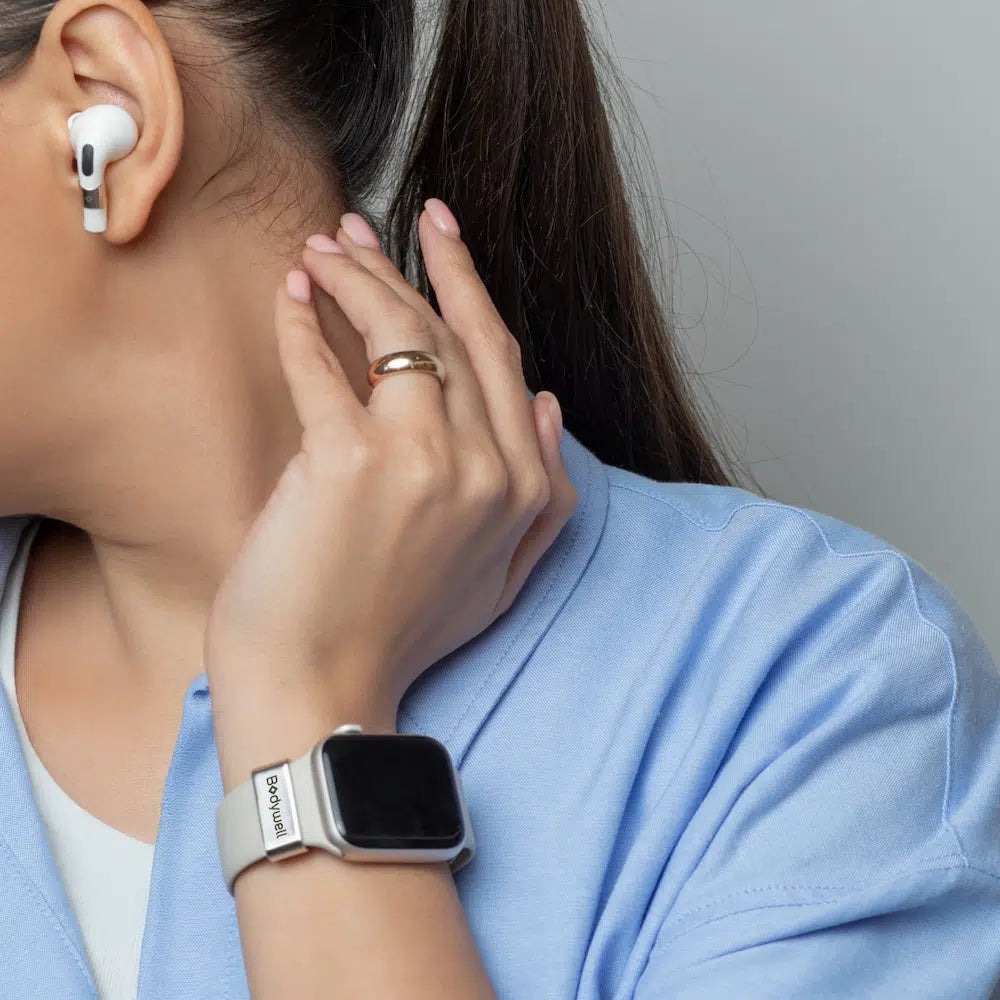While the telecommunications industry assures us that cellphone technology is harmless, Joel Moskowitz, the director of UC Berkeley’s Center for Family and Community Health, is on a mission to prove otherwise. For over a decade, Moskowitz has researched the potential dangers of cellphone radiation, though he admits that many people are reluctant to accept his findings.
"People are hooked on their smartphones," Moskowitz explains. "We rely on them for nearly everything, and the idea that they could be harming our health is something many would rather ignore."
Evolution of Cellphone Usage
Since their introduction in 1983, cell phones have evolved from bulky, unreliable gadgets to sleek, multifunctional devices. However, despite their widespread use, Moskowitz warns that long-term exposure to the radiation they emit poses significant health risks, including potential links to brain cancer.
Moskowitz points out that, unlike other countries, the U.S. government stopped funding research on the health effects of radiofrequency radiation in the 1990s. The exception is a $30 million rodent research released in 2018 by the National Institute of Environmental Health Sciences' National Toxicology Program, which showed "clear evidence" of carcinogenicity from cellphone radiation.
In 1996, the Federal Communications Commission (FCC) set guidelines to limit how much radiofrequency radiation we’re exposed to. These rules were mainly aimed at preventing tissue from getting too hot during short bursts of exposure. However, they weren’t designed to protect us from the effects of long-term exposure to low-level radiofrequency radiation, like the kind that comes from cell phones, cordless phones, and Wi-Fi. Since the 1990s, a lot of research has shown that prolonged exposure to this type of radiation can lead to negative health effects, including DNA damage.
Over 250 scientists, who have collectively published more than 2,000 papers and letters in professional journals on the health and biological effects of non-ionizing electromagnetic fields from wireless devices like cellphones, have signed the International EMF Scientist Appeal. This appeal urges for health warnings and stricter exposure limits, showing that many experts believe this type of radiation is harmful to our health.
A Journey from Tobacco Research to Cellphone Radiation
Moskowitz didn’t set out to study cellphone radiation. His interest was piqued in 2008 when a colleague from South Korea, involved in smoking cessation research, introduced him to the potential dangers of cellphone use. Skeptical at first, Moskowitz's deep dive into the existing literature convinced him of the risks.
In 2009, Moskowitz co-authored a study that found heavy cellphone use was linked to an increased incidence of brain cancer. A more recent review in 2020 published in the International Journal of Environmental Research and Public Health corroborated these findings, indicating a significant risk associated with long-term cellphone use.
The key finding from the recent review is that using a cellphone for around 1,000 hours over a lifetime—equivalent to about 17 minutes a day for 10 years—has been linked to a 60% higher risk of developing brain cancer.
Why Federal Funding for This Research Was Discontinued
The government stopped funding this type of research largely due to the significant influence that the telecommunications industry has over the Federal Communications Commission (FCC). According to a report titled Captured Agency by journalist Norm Alster, there has been a longstanding close relationship between the FCC and high-ranking telecom industry officials, often described as a "revolving door" between the two.
The telecom industry backs up this influence with heavy spending. They spend about $100 million every year on lobbying Congress. The CTIA, their main lobbying group, spends $12.5 million annually on 70 lobbyists who meet with the FCC roughly 500 times a year. In total, the industry spends $132 million on lobbying and gives $18 million in political donations each year. Because of this strong grip on the process, the government decided to stop funding research that could uncover health risks related to cellphone radiation.
Telecom Industry Tactics Mirror Big Tobacco's Playbook
There are strong similarities between how the telecom industry operates today and how the tobacco industry did in the past, especially in terms of shaping public perception and controlling the message. Back in the 1940s, tobacco companies hired doctors and dentists to promote their products, downplaying the health risks of smoking. Similarly, the CTIA, the telecom industry's main lobbying group, now employs a nuclear physicist to convince policymakers that microwave radiation is safe.
The telecom industry is not just following the tobacco industry’s tactics; it’s even more powerful both economically and politically. In 2021, the telecom industry is set to spend over $18 billion on advertising cellular technology worldwide, far surpassing the influence that Big Tobacco once had.
Health Risks Of Long-Term Exposure To Low-Level Modulated Radiofrequency Radiation
Many biologists and scientists who study electromagnetic fields believe that the way wireless devices modulate energy makes it more biologically active, which can disrupt our cellular processes. For instance, this modulation can open up calcium channels, allowing calcium to enter cells and their mitochondria, which interferes with normal cellular functions. This disruption can lead to the production of stress proteins and free radicals, potentially causing DNA damage, and in some cases, even leading to cell death.
In 2002, the International Agency for Research on Cancer (IARC) of the World Health Organization classified low-frequency fields as “possibly carcinogenic” based on biological and epidemiological research. By 2011, the IARC extended this classification to “possibly carcinogenic to humans, specifically citing studies linking cellphone use to brain tumor risks. Today, even more evidence has accumulated, suggesting that a stronger classification might be warranted.
On March 1, 2021, a report from the former director of the National Center for Environmental Health at the CDC concluded that there is a "high probability" that radiofrequency radiation from cellphones can cause gliomas and acoustic neuromas, which are two types of brain tumors.
The Arrival of 5G and Increased Risks
With the rollout of 5G technology, which uses higher frequency millimeter waves in addition to microwaves, Moskowitz warns of increased health risks. These millimeter waves, he explains, are absorbed by the skin and can affect various bodily systems, potentially leading to widespread environmental impacts.
Millimeter wave radiation primarily gets absorbed by the skin, sweat glands, peripheral nerves, eyes, and testes, according to research on wave radiation. This absorption can lead to hypersensitivity and biochemical changes in the immune and circulatory systems, potentially affecting the heart, liver, kidneys, and brain.
Additionally, millimeter waves can harm insects and may encourage the growth of drug-resistant pathogens, which suggests they could have significant environmental impacts, especially in the areas surrounding cell antenna sites.
Practical Tips for Reducing Radiation Exposure
- Limit usage
- Keep Distance: Maintain a safe distance between your phone and your body.
- Use EMF Protection: Consider using devices designed to reduce Low-Level Modulated Radiofrequency Radiation such as Bodywell®, in work areas with high exposure. Key benefits of using Bodywell® include:
- Thermal Reduction: Bodywell® products can reduce thermal absorption by up to 20%, helping to minimize heat-related effects from EMF exposure.
- Reduction in SAR: Bodywell® products have demonstrated an 80% reduction in SAR, significantly lowering the amount of radiation absorbed by the body.
- PH Recovery: Prolonged EMF exposure can disrupt the body's pH balance. Bodywell® products help recover pH levels by 100%, maintaining the body's natural equilibrium.
- Educate and Raise Awareness: Ensuring that workers are informed about the risks associated with ELF-EMFs and the steps they can take to minimize exposure is crucial for maintaining their health and well-being.
By taking these measures, individuals and organizations can better protect themselves from the potential risks associated with Radiation exposure, contributing to a healthier and safer environment.





















Leave a comment
This site is protected by hCaptcha and the hCaptcha Privacy Policy and Terms of Service apply.